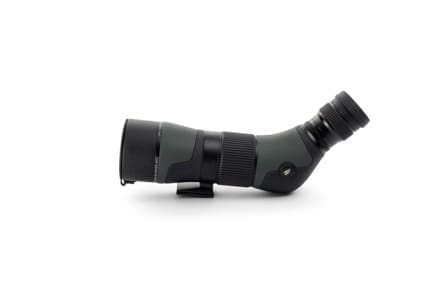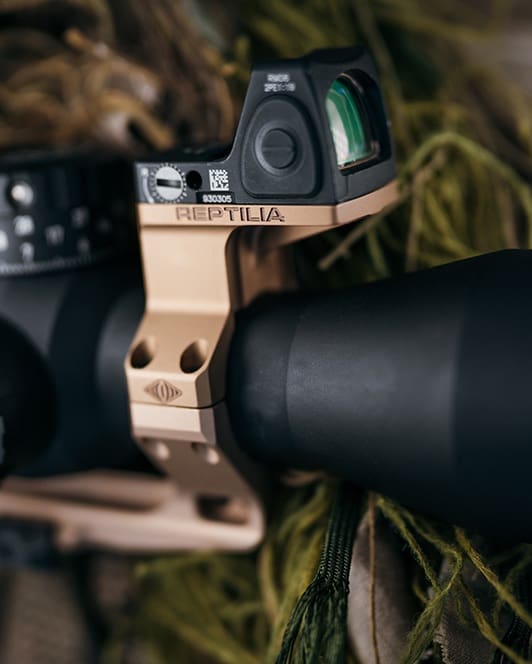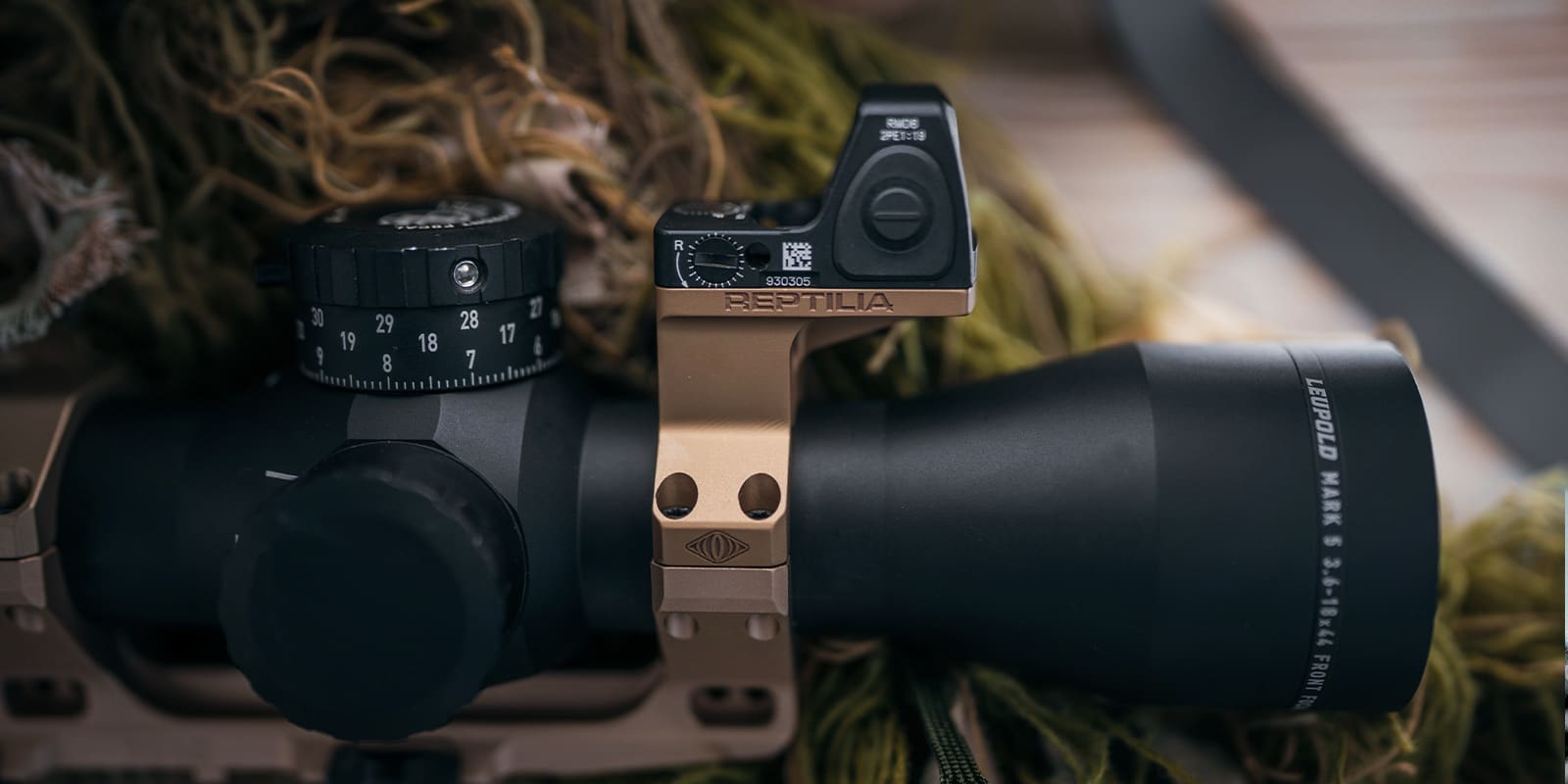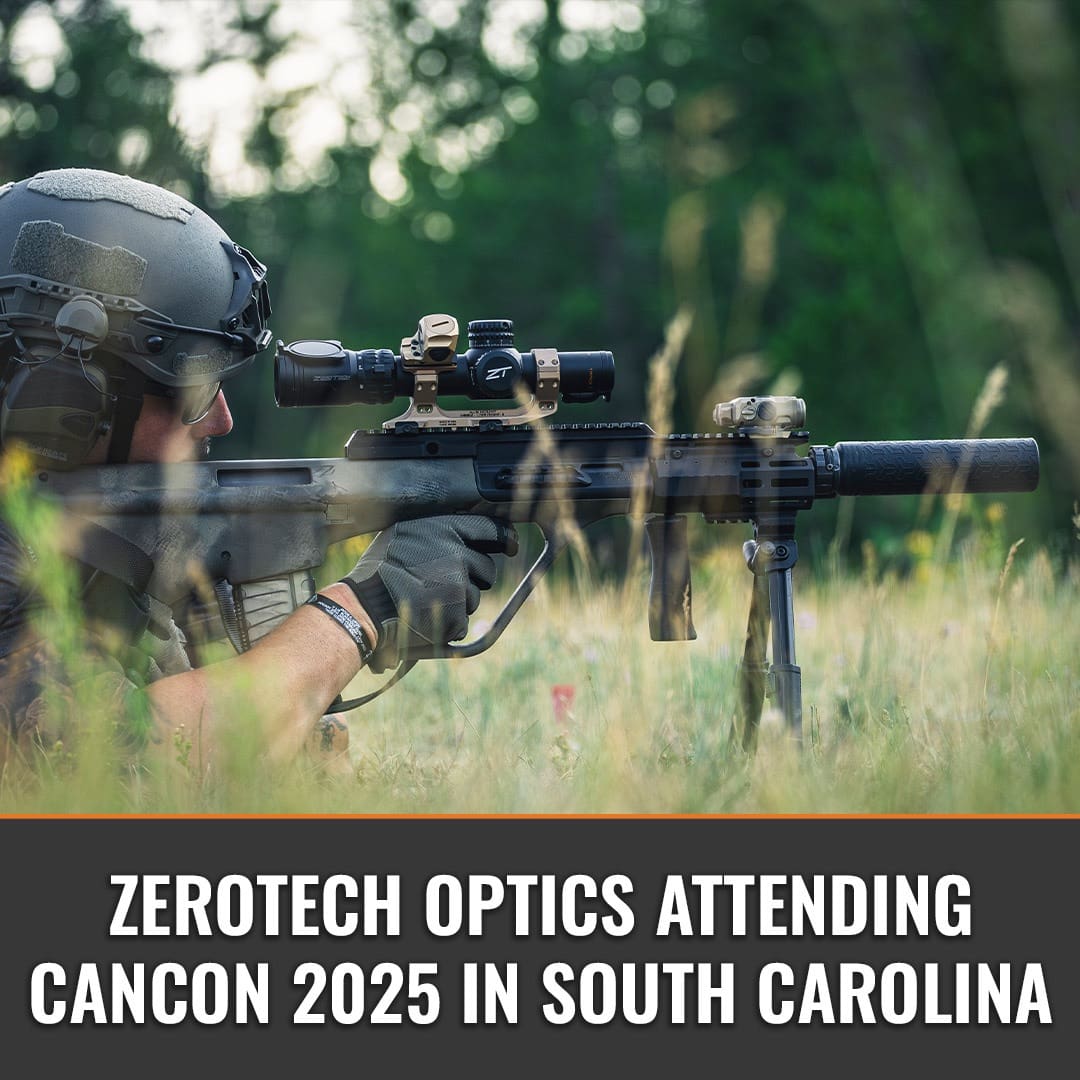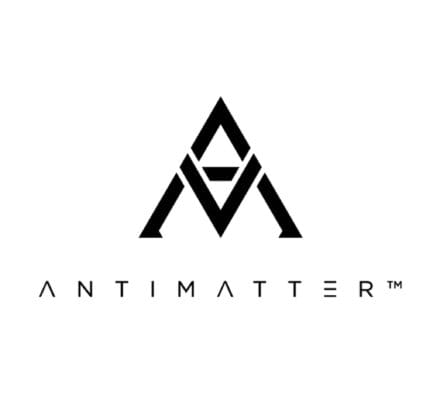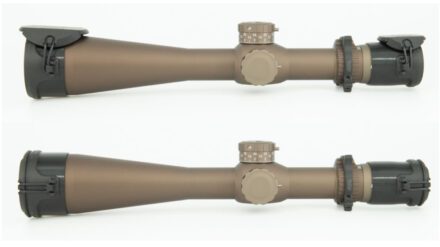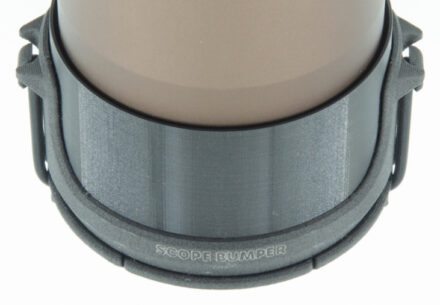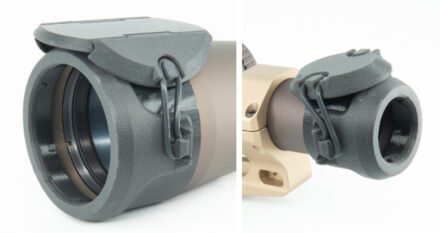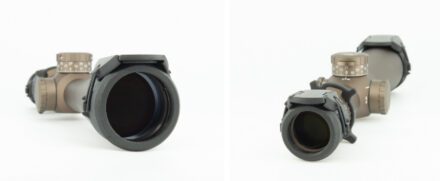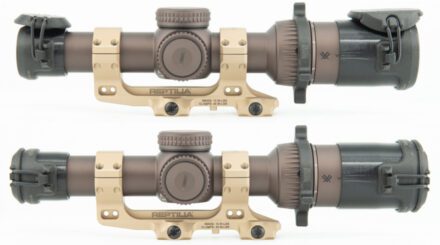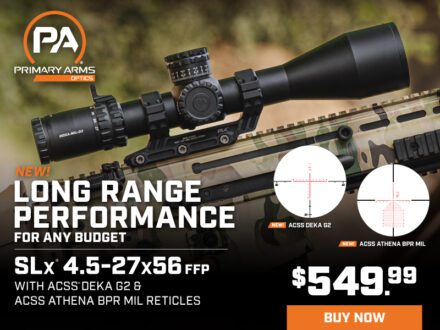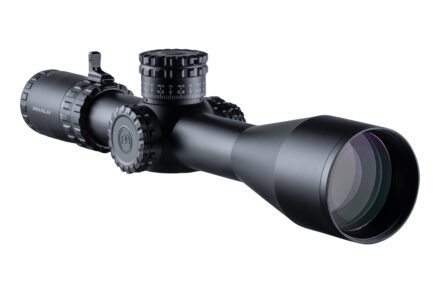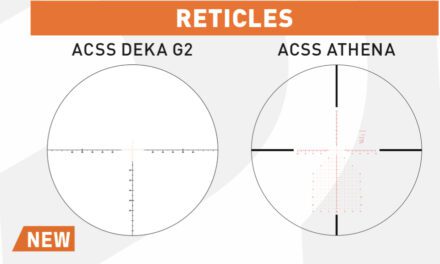Fort Worth, Texas (November 12, 2025) – XS® Sights is pleased to now offer Minimalist night sights for the Diamondback SDR and Fiber Optic Sights, Minimalist OR Sights, and Optic Plates for Walther PDP pistols.
Diamondback SDR – Minimalist Night Sights
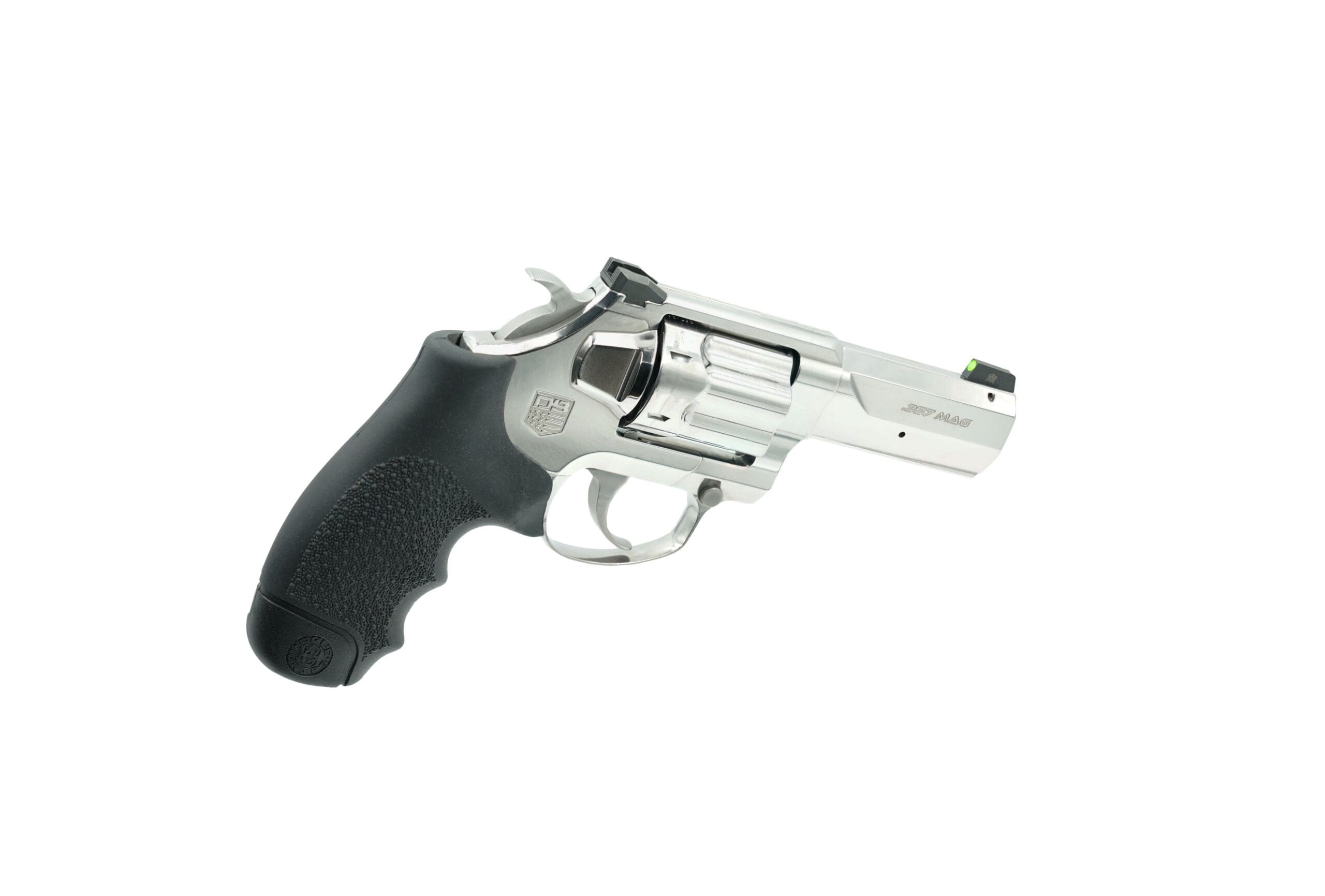
The serrated, blacked-out rear sight of the Minimalist drives the shooter’s focus toward the tritium front post and downrange threat, making it ideal for those looking for a simple and effective sight upgrade for self-defense. Diamondback SDR owners can upgrade to a green Glow Dot front sight with tritium center. The rear sight features anti-glare serrations and is windage adjustable with a wider notch for easy alignment with the front sight to help you get on target faster.
Walther PDP – Minimalist OR Sights + Optic Plates and Fiber Optic Sights
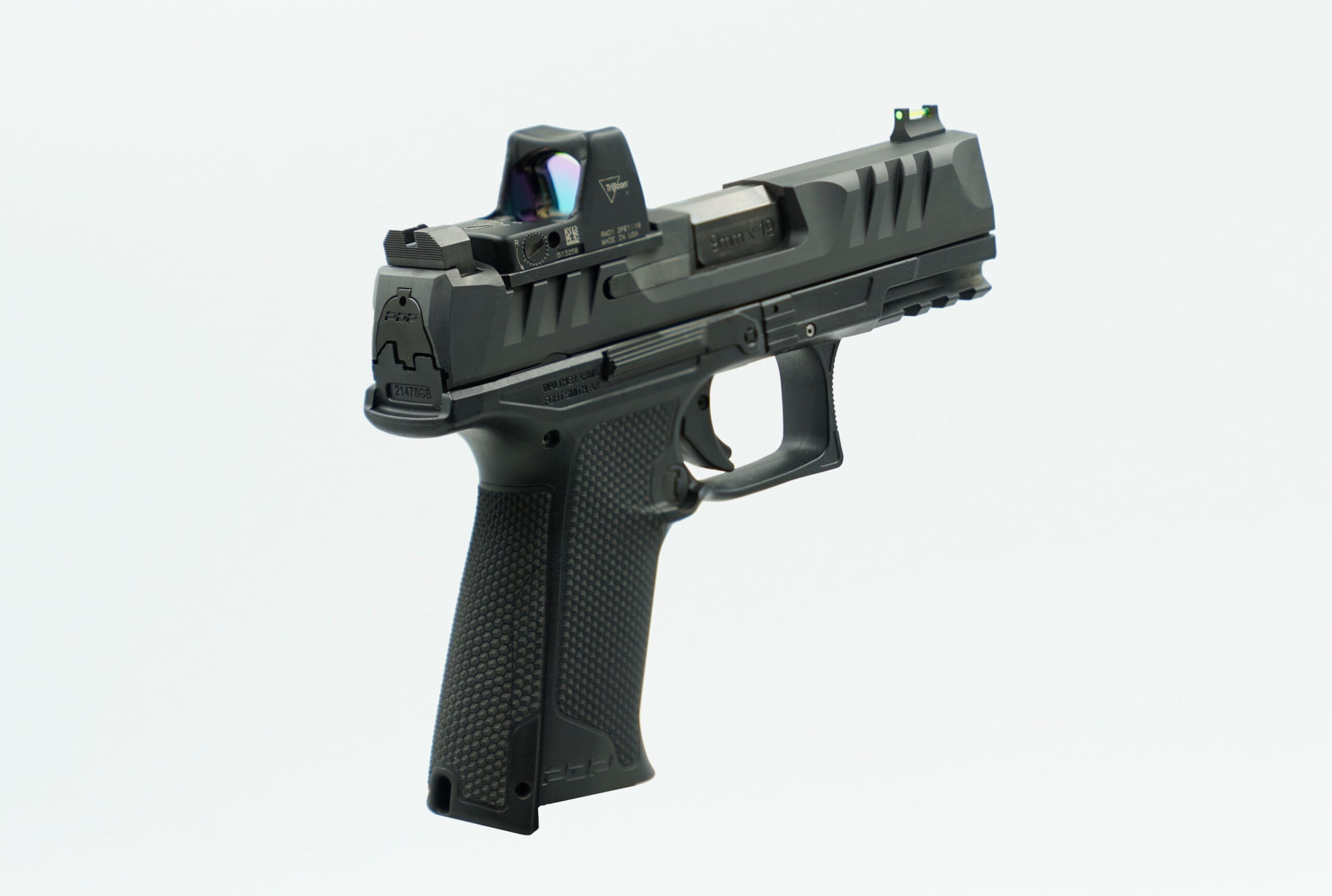
XS Optic Plates for ACRO or RMR footprint optics are now available to fit Walther PDP pistols. Designed for strength and reliability, XS Optic Plates provide a secure and seamless mounting solution. Featuring precision CNC machining and a durable Black Nitride finish for enhanced corrosion resistance and long-lasting performance, these plates are compatible with most common red dots on the market and offer a rock-solid foundation for law enforcement, self-defense, and competition use. Combine the plate with XS Minimalist OR sights and get a one- stop-shop mounting solution and a low-profile BUIS that does not obstruct your field of view.
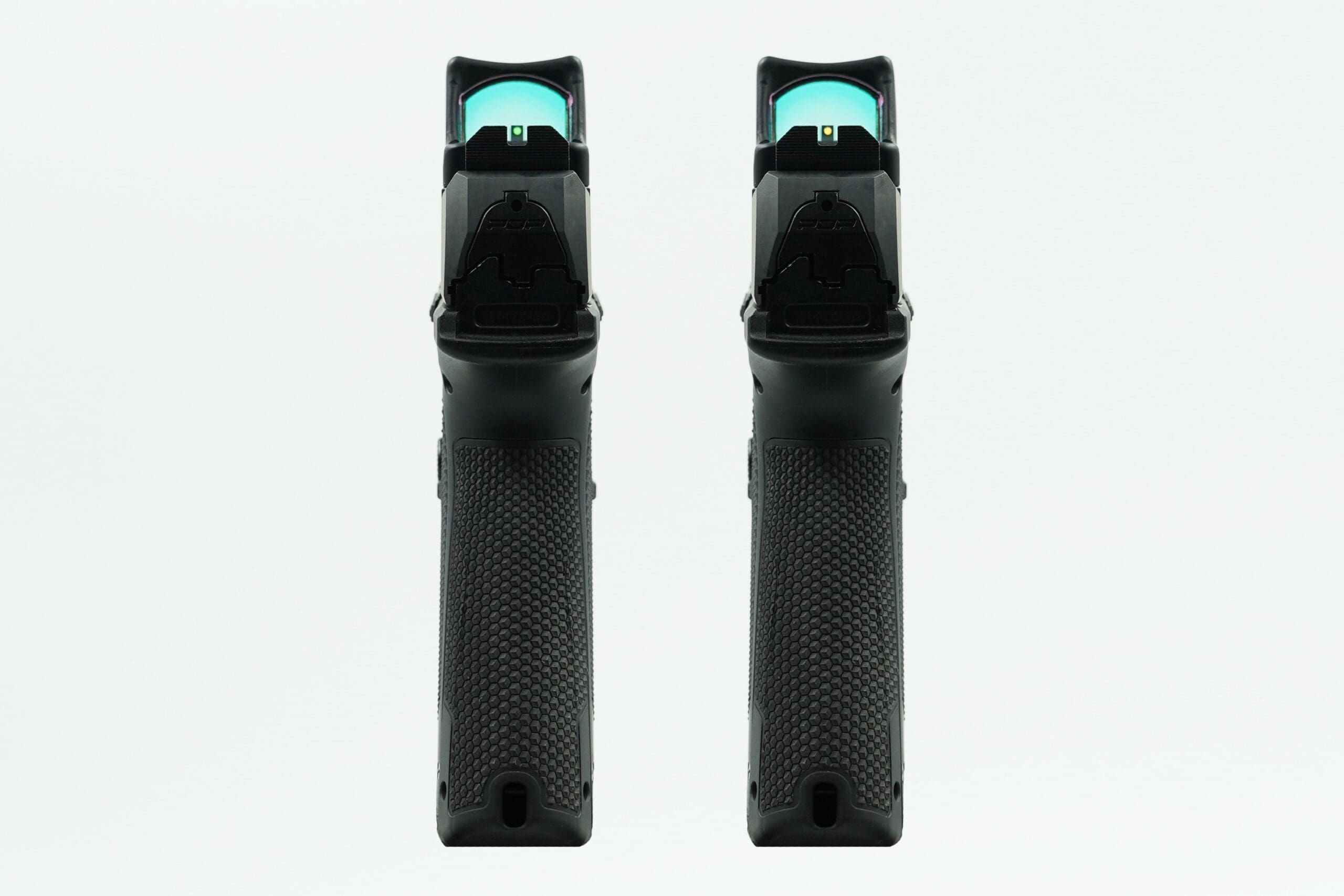
XS Fiber Optic Sight kits ship with a precision CNC-machined, serrated rear sight and a front sight with green fiber optic insert. The kit also includes an interchangeable orange fiber optic insert for those who prefer this color. Made in the USA, these durable steel sights deliver exceptional daytime brightness and visibility. The front sight is .215” tall – big enough to be visible yet narrow enough for extreme precision. The rear sight notch is .145” wide with crisp, defined edges to ensure excellent visibility of the front sight blade for fast target acquisition and precision alignment. An ideal choice for Walther PDP owners looking to upgrade their competition and training pistols.
“Our goal is to give shooters more capability with less compromise,” said Jeff King, XS Sights Marketing Manager. “Whether someone is configuring a compact revolver for personal protection or building out a PDP for competition or duty, these new Minimalist, fiber-optic and optic plate solutions deliver clear sight pictures, durable construction, and straightforward installation – all designed and manufactured to help people get on target faster and keep their focus downrange.”
Retail Price:
Diamondback SDR Minimalist Sights: $130.99
Walther PDP Optic Plates: $82.99
Walther PDP Minimalist OR and Optic Plate Bundle: $173.99
Walther PDP Fiber Optic Sights: $66.00
XS sights are backed by a Limited Lifetime Warranty. The company also offers a 12-year illumination warranty on all tritium products. For more information, visit www.xssights.com.


